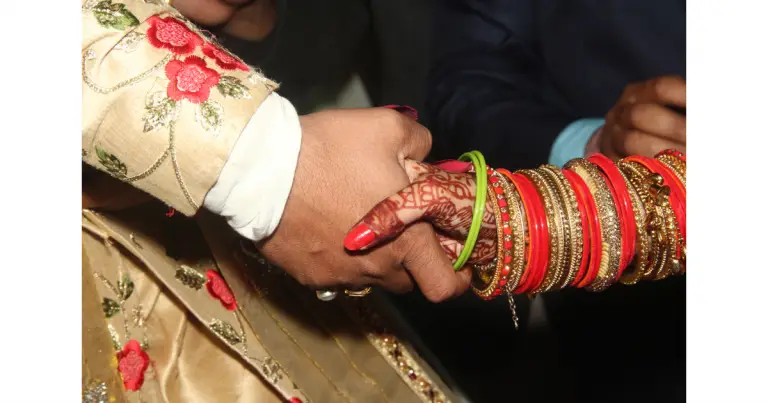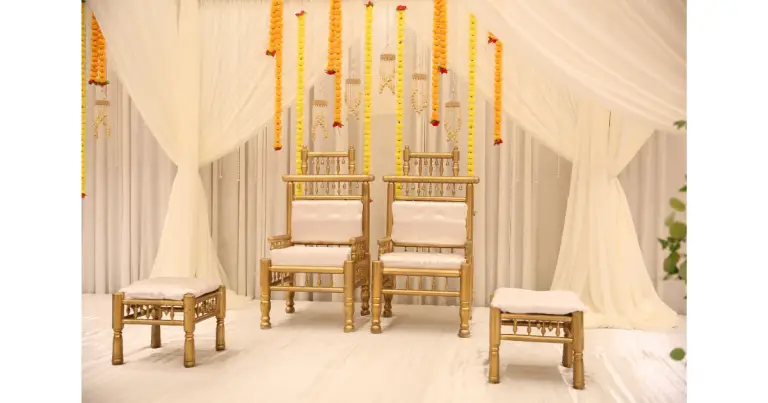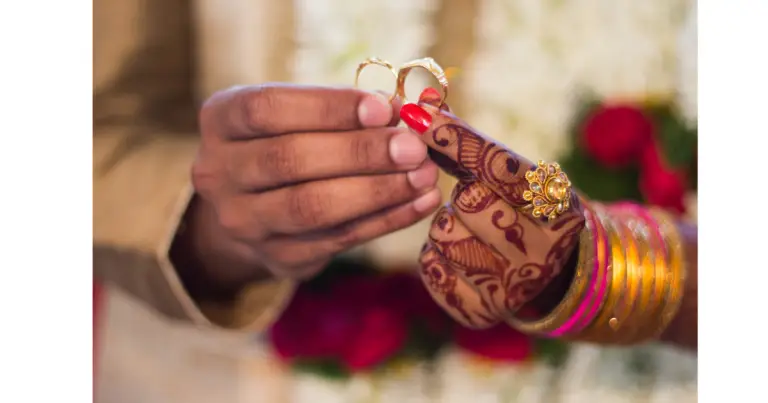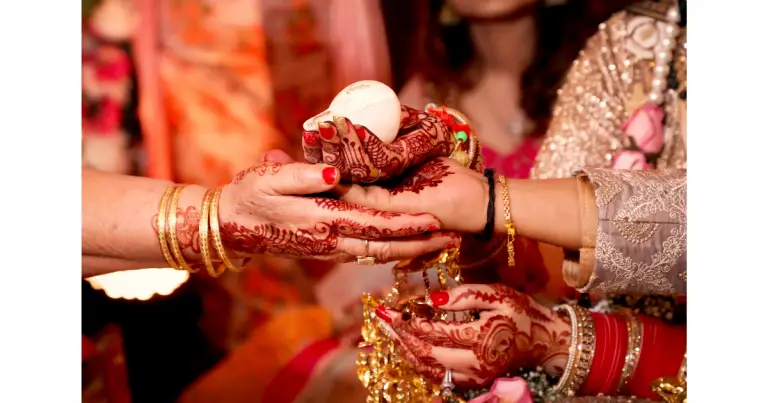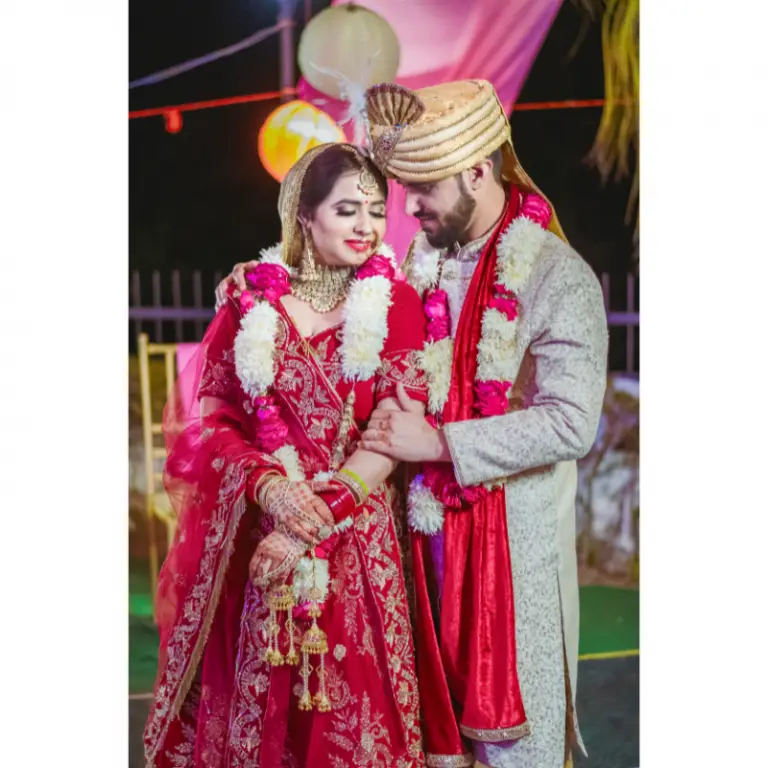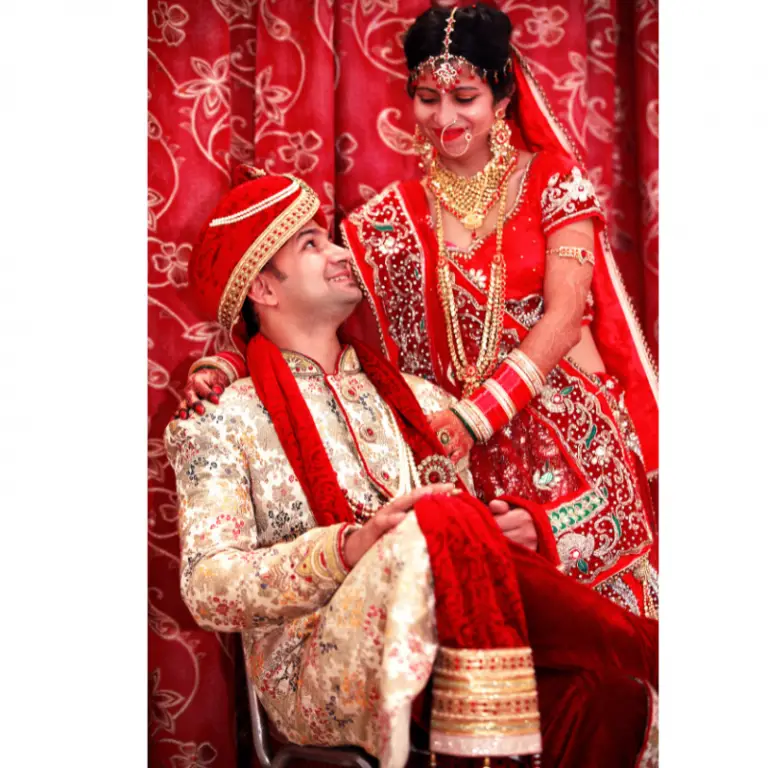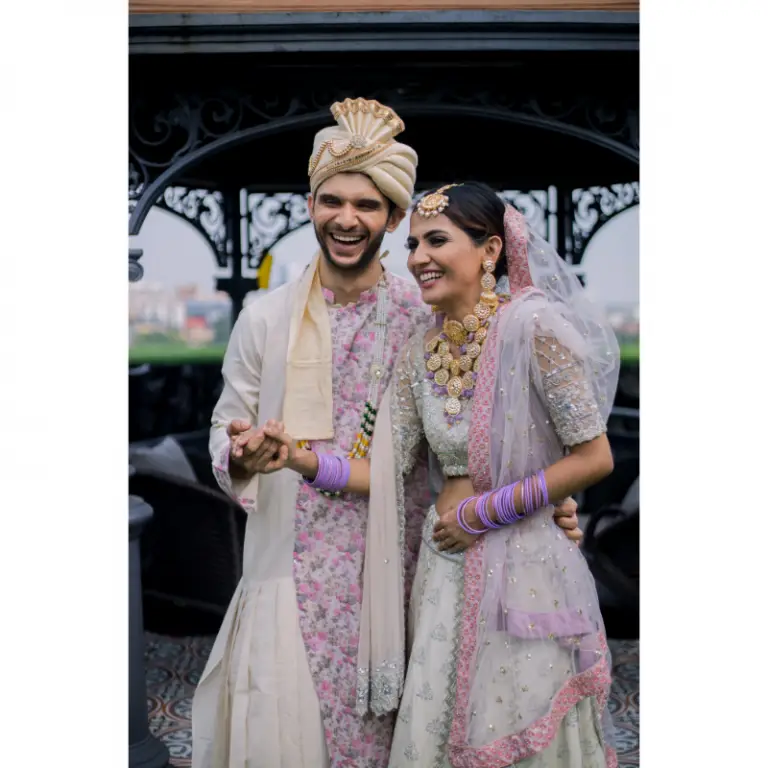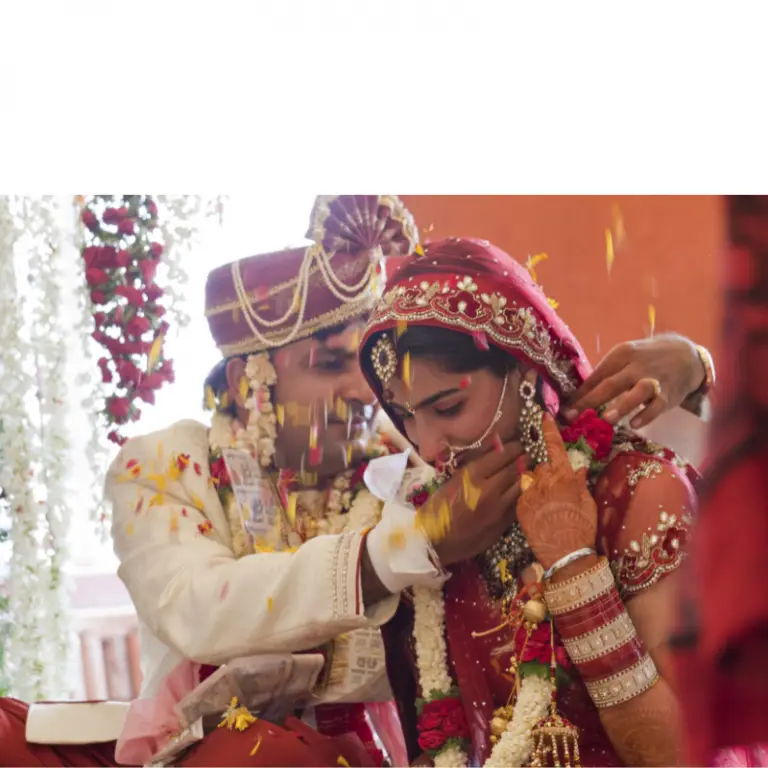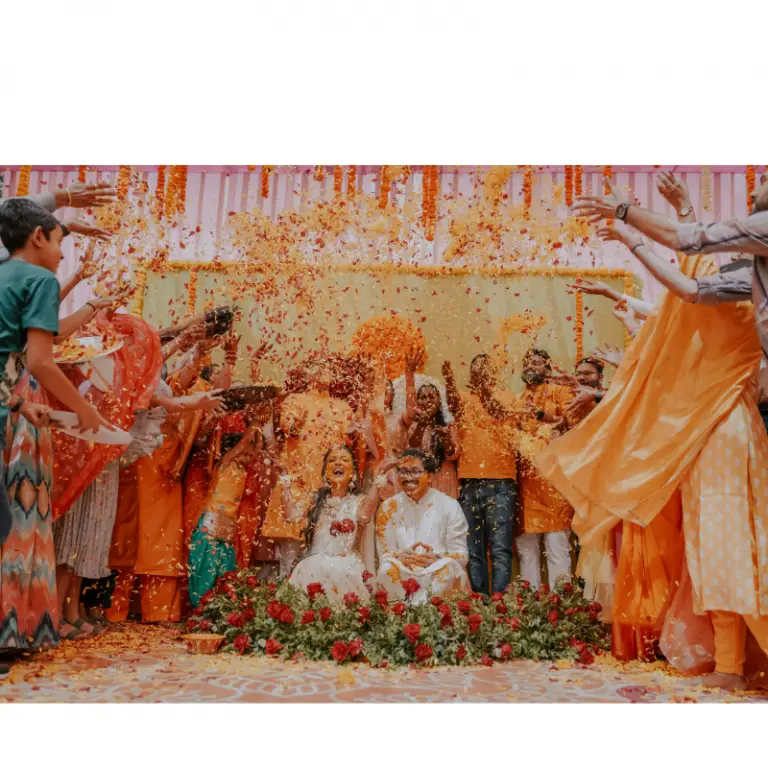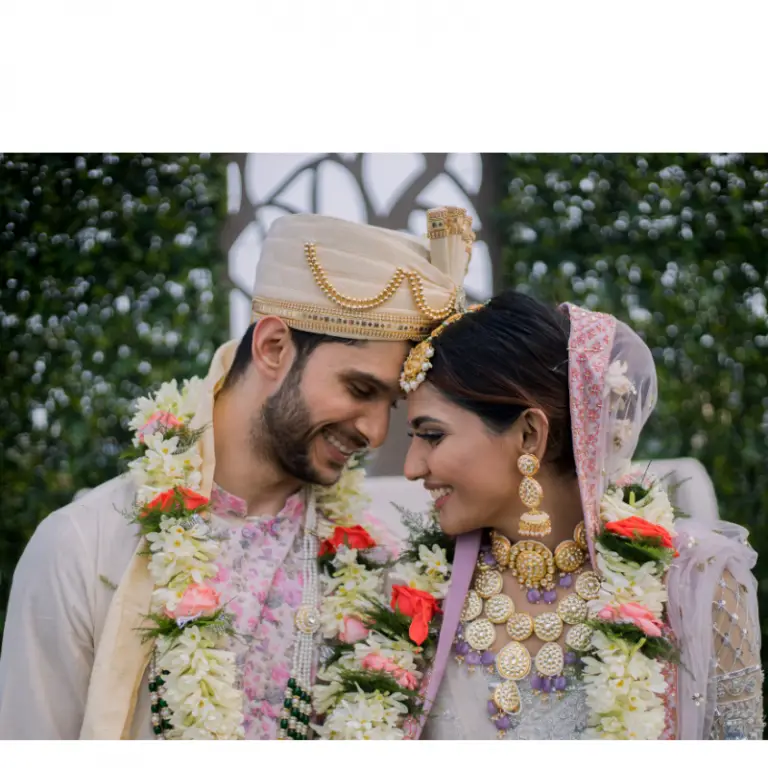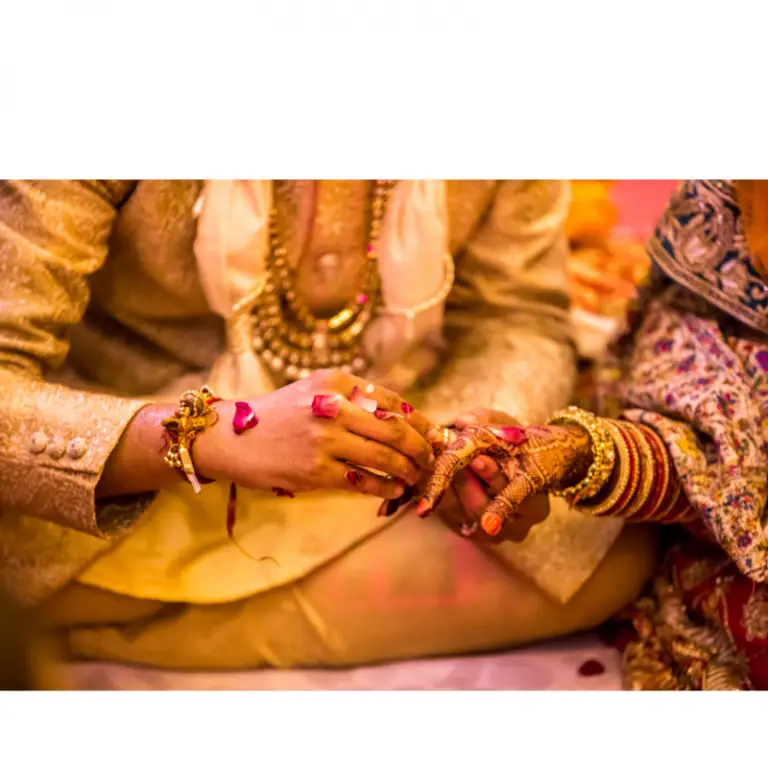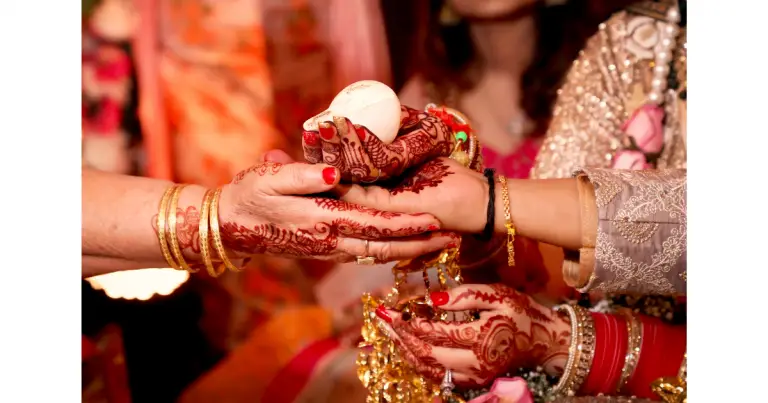
Title: Experiencing the Magic of Southeast Asian Indian Destination Weddings
Southeast Asian Indian weddings are a celebration of love, culture, and tradition, woven together in a tapestry of vibrant colors, elaborate rituals, and joyous festivities. These weddings, steeped in centuries-old customs and rituals, offer a unique and unforgettable experience for couples looking to tie the knot in a destination filled with rich cultural heritage and breathtaking landscapes. Let’s embark on a journey through the various ceremonies and rituals that make Southeast Asian Indian weddings a truly magical affair.
The Ceremonies:
1. Mehendi Ceremony:
The Mehendi ceremony, also known as the henna ceremony, is a joyous pre-wedding ritual where intricate designs are applied to the bride’s hands and feet with henna paste. It is believed that the darker the Mehendi stain, the stronger the bond between the bride and groom. This ceremony is often accompanied by music, dance, and laughter, as family and friends come together to celebrate the bride’s impending nuptials.
2. Sangeet Ceremony:
The Sangeet ceremony is an evening of music, dance, and merriment, where both the bride and groom’s families come together to celebrate their union. It typically takes place a few days before the wedding and is filled with performances by family members and friends. The atmosphere is lively and festive, with colorful decorations, traditional music, and delicious food adding to the joyous ambiance.
3. Baraat Ceremony:
The Baraat ceremony marks the arrival of the groom to the wedding venue, accompanied by his family and friends in a grand procession. The groom is often seated on a decorated horse or elephant, while his loved ones dance and sing along the way. It’s a jubilant affair, with music, laughter, and excitement filling the air as the groom makes his way to the wedding venue to marry his beloved.
4. Wedding Ceremony:
The wedding ceremony, known as the Vivaah Sanskar, is the heart of the Southeast Asian Indian wedding. It is a sacred and solemn affair, where the bride and groom exchange vows in the presence of their families and loved ones. The ceremony is conducted by a priest, who recites Vedic verses and performs rituals that symbolize the union of two souls. From the sacred fire to the seven vows, each ritual holds deep significance and reflects the couple’s commitment to each other.
The Rituals:
Mangal Phere:
During the Mangal Phere ritual, the couple takes seven rounds around the sacred fire, known as the Agni, symbolizing their eternal bond and commitment to each other. With each round, they recite vows, promising to love, honor, and cherish each other for a lifetime.
Kanyadaan:
Kanyadaan is a ritual where the bride’s parents formally give away their daughter to the groom. It is a poignant moment filled with blessings and emotions, as the bride’s parents entrust her happiness and well-being to her future husband.
Sindoor Daan:
In the Sindoor Daan ritual, the groom applies sindoor (vermilion) on the parting of the bride’s hair, symbolizing her marital status and his commitment to protect and cherish her. It is a sacred gesture that signifies the beginning of their life together as husband and wife.
Conclusion:
Southeast Asian Indian destination weddings are a celebration of love, culture, and tradition, where every ceremony and ritual is imbued with deep significance and meaning. From the Mehendi and Sangeet ceremonies to the sacred wedding rituals, each moment is an expression of joy, devotion, and unity. For couples seeking a wedding experience that is as enchanting as it is meaningful, a Southeast Asian Indian destination wedding offers a truly magical journey filled with love, laughter, and lifelong memories.
